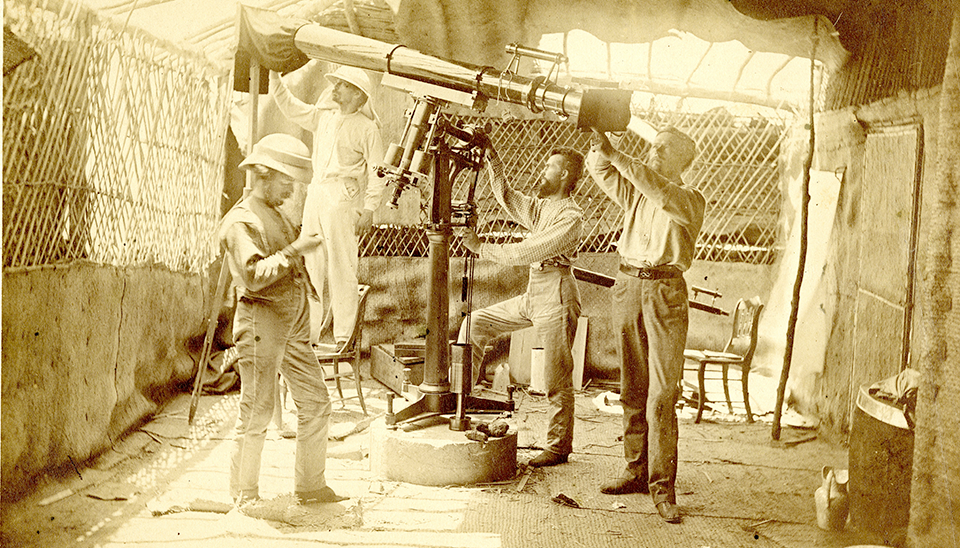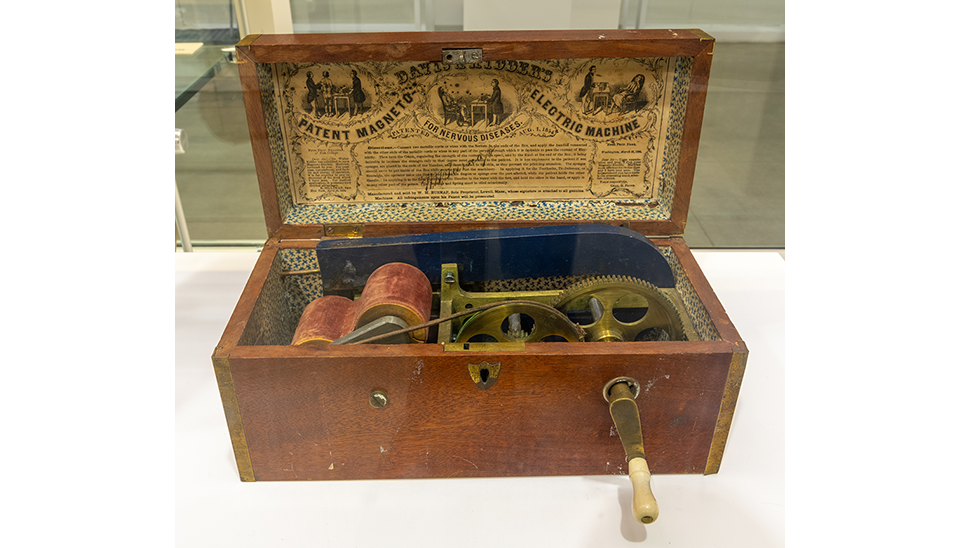Bert Jones' visit to his parents in October 1945 was both a surprise and a miracle. His parents had not known whether he was dead or alive for three years until he showed up on their doorstep proudly wearing a rather crudely designed artificial leg.
.png)
Corporal Bert Jones with his artificial leg. Published in 'He Walked on a Chair!' Foreign Service, March 1946. NMHM Accession records 156,115.
Jones was serving in the U.S. Army when he was captured by the Imperial Japanese Army in the Southwest Pacific in 1942. He was placed in the hold of a cargo ship and sent to Thailand, a perilous journey due to the risk of his ship being torpedoed by an American submarine. Jones was eventually transferred to the 80 Kilo Camp in Apalaine, Burma where he survived on a daily ration of rice, cucumber, and radish with meat flavoring. His job, along with the more than 60,000 prisoners of war and 70,000 conscripted laborers, involved clearing the jungle and leveling the ground for the Siam-Burma Railway, an effort later portrayed in the book The Bridge Over the River Kwai, and subsequent film, The Bridge on the River Kwai.
Almost all of the POWs suffered from a multitude of health issues, including malaria, diarrhea, dysentery, beriberi, and pellagra. Working under a tropical sun and wearing minimal clothing, prisoners frequently sustained a scratch from a piece of bamboo or a scrape on a stone. This scrape could develop into a tropical ulcer (also known as jungle rot) and gangrene. While in Burma, Jones' left leg developed a tropical ulcer that progressed to gangrene and resulted in a below the knee amputation sometime in late 1942. He was one of the lucky ones. While most patients survived the procedure, many subsequently succumbed to pellagra (a disease caused by lack of niacin in the diet), systemic infection, or dysentery.
.png)
Patients in Ward 18 Nakom Paton prisoner of war hospital camp recovering from repeated bouts of malaria.(Photo courtesy of Australian War Memorial)
Following his operation, Jones was transferred to the Nakom Paton sanitarium approximately 35 miles west of Bangkok, Thailand. As someone with a lower-extremity amputation, Jones could do very little. However, a fellow POW, John Campbell, offered to make a prosthesis for him. "I thought they were only trying to keep up my morale," Jones recalled.
.png)
Photograph of John Campbell as a postwar Master Chief Petty officer. (Photo courtesy of Find A Grave)
Campbell used a makeshift hammer and chisel to carve a log. He modified the hinges from a chair purchased from a Dutch prisoner to make the knee joint. The chair's leather seat became the stump socket. "Bill" Miles, an Australian soldier who enlisted despite a prewar below-the-knee amputation, allowed his prosthesis to be used as a model. The prisoners were careful to ensure that the Japanese guards did not discover their project and confiscate their tools. An old shoe was used as the foot of the prosthesis. The limb was completed in five weeks and, in August 1944, Jones walked unaided for the first time in almost two years. "Blimey, it fits you better than mine fits me," Miles whooped after seeing his friend walk.
On April 11, 1946, Bert Jones' sculpted leg was transferred to the museum by the McCloskey General Hospital in Temple, Texas. Now, it is part of the museum's collection of prostheses ranging from Civil War prosthetics to modern-day biomedical advancements and tells a story of ingenuity and determination. To learn more about the museum's collections and research opportunities, click here.
References
Relevant Links:
Disease and Survival on the Thai-Burma Railway: Lessons for Modern Tropical Medicine?



.png)

